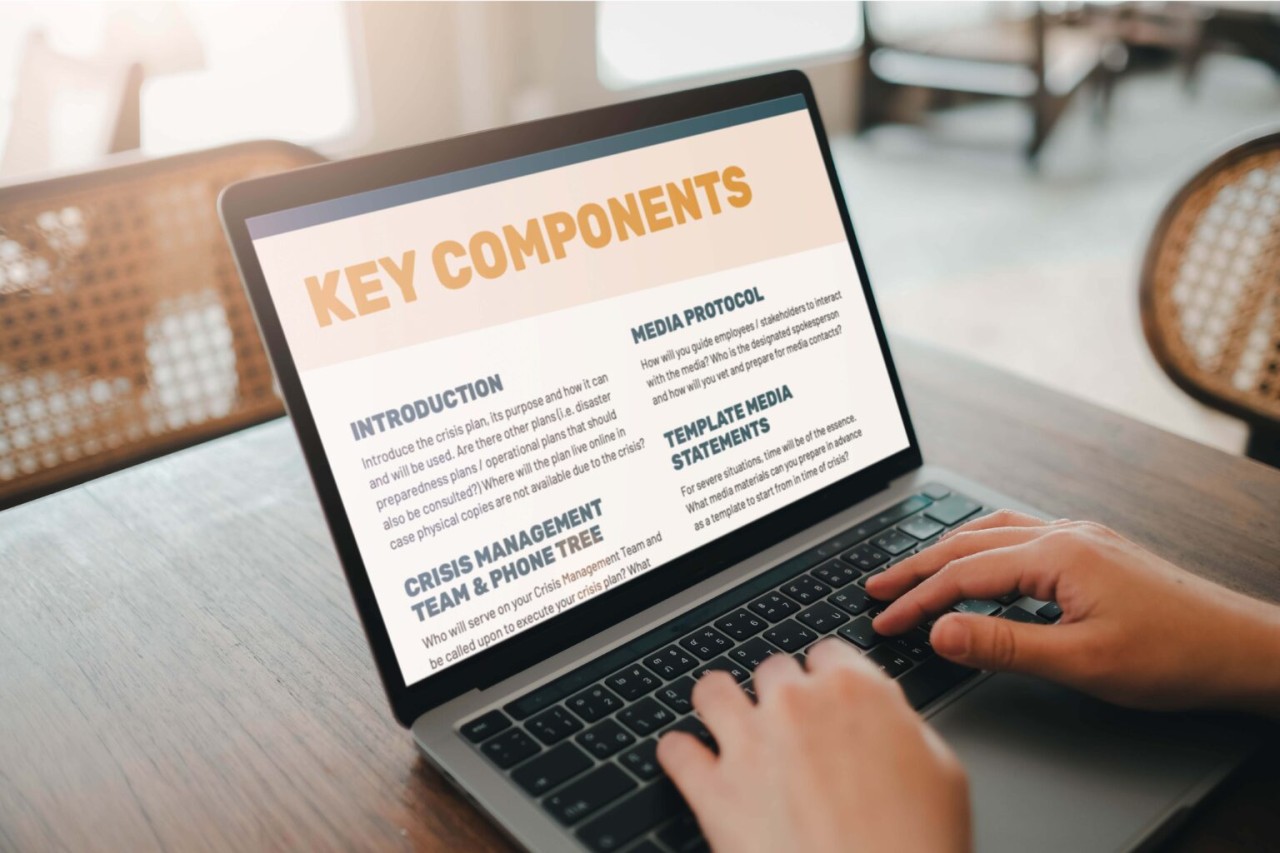For more than 30 years, Mueller Communications has been helping organizations of all types navigate through challenging crisis situations. Over the years, we’ve had the opportunity to hone our approach and best practices.
First, it should go without saying that the most important component of communicating through a crisis is preparation. In a crisis, your scarcest resource is time. It’s critically important that organizations know what to do when a crisis hits so they can respond quickly and effectively. This requires taking time in advance to establish a clear communications plan or framework. Key elements of this plan should include:
- Crisis Management Team: Take time to establish a crisis management team – the key people who will lead your organization through a crisis. It usually includes leadership, legal counsel, HR contacts and communications staff. When a crisis or incident happens, these contacts are activated to execute your crisis plan.
- Media Protocol: A media protocol helps ensure the entire organization is aligned on how to handle media inquiries and is one of the most important foundational tools to effectively manage a crisis. In many cases, your front-line employees, especially anyone who works at a front desk or answers your phones, will be the first person reached by the media. Ensuring they know how to respond can greatly impact how your organization is covered by the media. To help ensure that the media receives accurate and timely responses, we recommend that initial calls are taken by someone other than the spokespeople to properly vet the reporter and the issue. This provides time to carefully consider pending questions, and develop talking points or a written statement that have been reviewed for accuracy and, where appropriate, by legal counsel.
- Crisis Severity Chart: It’s also important for organizations to consider in advance the type of crisis situations they may arise and how each would be handled. The response to a workplace homicide is going to vary significantly from a corporate restructuring. Thinking through those issues – and the response approach for each – will enable you to be effective and efficient in a crisis situation, where time is scarce and the speed and accuracy of response can set the tone for the entire situation.
- Templates: For high-severity incidents – where the issue will require immediate response, and there will be little to no preparation time – we recommend developing template materials for key stakeholders. Templated materials might include standby statements for the media, sample phone scripts, employee and stakeholder emails, and social media posts.
Should a crisis hit, having a prepared response plan with templates and identified stakeholders will serve your organization well. Armed with these resources, there are a few best practices to consider when it comes time to communicate through a crisis:
- Leadership Matters: Your first response is what is remembered most. A crisis can present both danger and opportunity. Poorly managed situations can significantly damage the reputation of a municipality and its leadership. But when a high-profile situation is handled well, it is an opportunity to demonstrate values and build trust and confidence.
- “Facts” Change: In a time of crisis, uncertainty is high and information is in high demand. At the outset of a situation, you may not have all the information, and sometimes what you think you know early on is wrong. It’s important to get it right, to be clear about what you know and what you don’t and to be as responsive as possible to your stakeholders.
- Monitor the Conversation: Monitoring both traditional news media and social media will help keep you informed of the dialogue about your organization in the community, enabling you to calibrate your communications approach, and, as necessary, combat false information.
- Equip Your Stakeholders: It is of the utmost importance that key members of your team, as well as external stakeholders, know about the situation and how to talk about it within their networks. We recommend creating a response guide that explains the situation, provides the written statement about the situation and includes a few FAQs addressing questions stakeholders may get. We recommend the guide is updated as the incident unfolds.
- Communicate Beyond a Crisis: A comprehensive year-round communications plan for engaging with your stakeholders when you’re not in a time of crisis will build trust, recognition and engagement with key audiences for when a crisis hits. Day-to-day communications strategies build the foundation for special crisis communications.
At the end of the day, the most important thing to remember when communicating through a crisis is: do the right thing. Put people first – both in action and in your communication, be proactive and transparent and take ownership and responsibility where necessary. The result will build, instead of threaten, your relationship with your key stakeholders.
Ready to take the next step toward being prepared for a crisis? Let’s chat!



